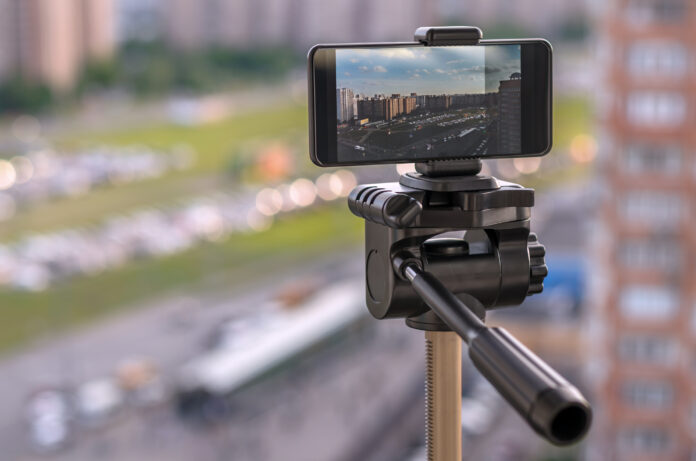In today’s digital age, smartphones have become our go-to devices for capturing memories and moments. With advancements in smartphone camera technology, anyone can now take professional-quality photos right from the palm of their hand. In this article, we will be sharing some valuable tips and tricks to help you unleash the true potential of your smartphone’s camera, enabling you to capture stunning photos without investing in expensive photography gear. So, grab your smartphone and get ready to click some amazing shots that can rival even the most professional cameras!
1. Understand Your Smartphone’s Capabilities
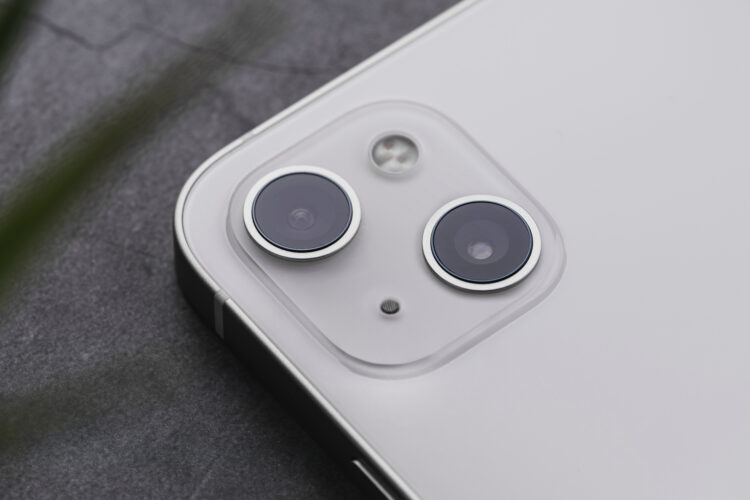
Before diving into photography, it’s crucial to familiarize yourself with your smartphone’s camera capabilities. Read the user manual or search online for specifications related to your phone’s camera. Pay attention to factors such as megapixels, sensor size, lens aperture, and image stabilization features. Understanding these technical aspects will help you optimize your smartphone’s camera settings and produce better results.
2. Capture in Good Lighting Conditions
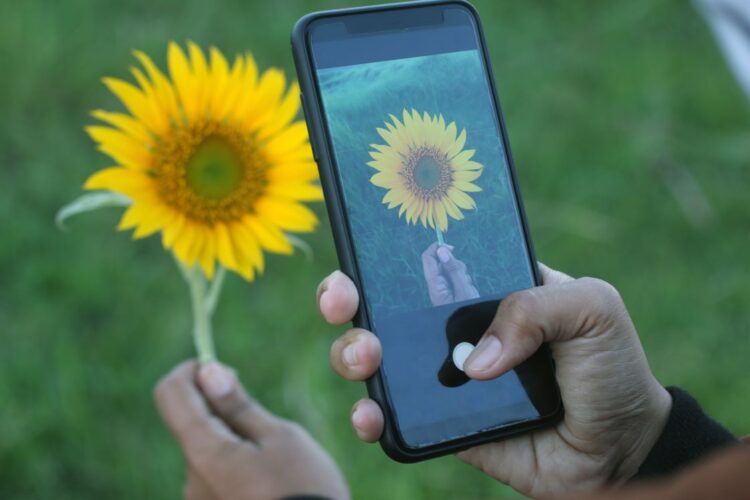
One of the most critical elements for capturing professional-quality photos is good lighting. Natural light provides the best results, so try to shoot during the golden hours – early morning or late afternoon, when the sun is low in the sky. Avoid harsh sunlight or direct flash, as it can create shadows and overexposure. Experiment with different angles and positions to capitalize on the available light and achieve desirable results.
3. Composition and Framing
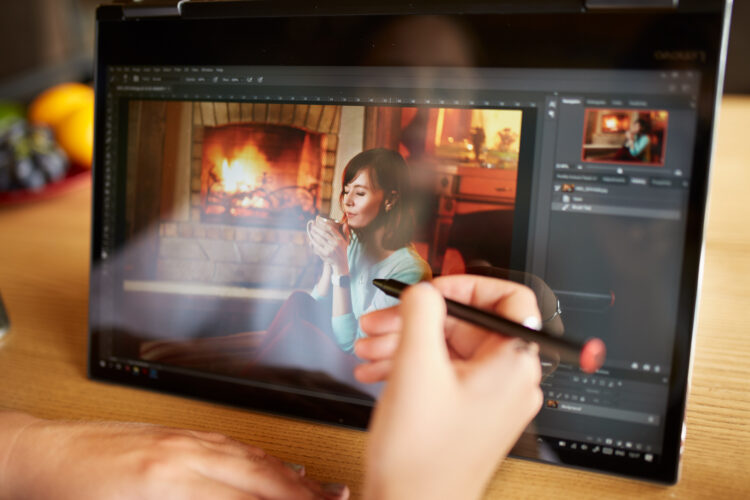
Capturing a visually appealing photo often comes down to composition and framing. Apply the rule of thirds, where you imagine your photo divided into nine equal parts using two horizontal and two vertical lines. Place the subject near the intersecting points, or along one of the lines, to create a visually balanced image. Experiment with different perspectives and angles, and don’t hesitate to fill the frame with your subject for an impactful shot.
Different photographers can capture the same subject in distinct ways through their composition choices. Well-composed images are more likely to capture the viewer’s attention and engage them for a longer duration. This is particularly important in today’s fast-scrolling digital world. Proper composition is a hallmark of quality photography. It distinguishes amateur snapshots from images that are thoughtfully crafted with attention to detail.
4. Keep Your Lens Clean
It’s easy for smartphone lenses to get smudged with fingerprints and dust, resulting in blurry photos. Dust, fingerprints, and other contaminants on the lens can distort the incoming light, leading to blurry or hazy images. Always make sure to clean your lens with a microfiber cloth before taking any shots. A clean lens ensures that the light entering the camera is focused correctly onto the image sensor. Any obstructions on the lens can cause focusing issues and result in photos that are out of focus. This small step will greatly enhance the clarity and sharpness of your photos.
5. Use Third-Party Apps
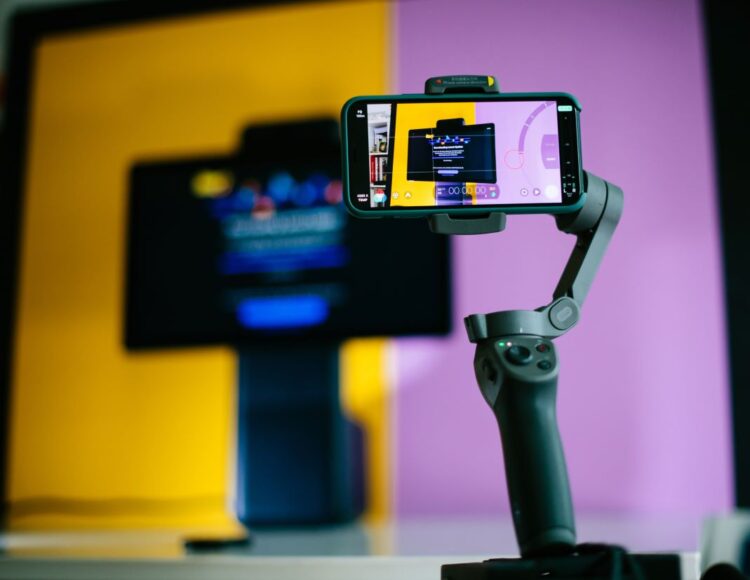
While the default camera app on your smartphone is great, using third-party camera apps can provide additional features and manual controls, allowing you to have more creative freedom. Experiment with popular apps like Adobe Lightroom, VSCO, or ProCam, which offer advanced editing tools, manual exposure adjustments, and other useful features that can bring a professional touch to your smartphone photography.
6. Editing and Post-Processing
Don’t forget about post-processing! After capturing your photos, take advantage of editing apps to enhance colors, adjust brightness, and apply filters if desired. Popular editing apps like Snapseed, Lightroom, or Pixlr have user-friendly interfaces, providing you with tools to make your photos pop. Editing photos after taking them can significantly enhance the quality and visual impact of your images. While modern smartphone cameras and dedicated cameras can produce impressive results, post-processing allows you to fine-tune various aspects of the image to achieve your desired artistic vision. Editing can help maintain a consistent look and feel across your portfolio of photos. Consistency can be important for branding or when creating a cohesive visual narrative.
7. Experiment with Perspectives

To make your photos stand out, try experimenting with different perspectives. Crouch down low or find a higher vantage point to create depth and add an interesting dynamic to your compositions. Don’t be afraid to get close to your subject to capture stunning details and textures that are often overlooked. Exploring new angles will help you bring uniqueness to your photos.
8. Practice and Learn from Others
Photography is all about practice and continuously improving your skills. Take your smartphone everywhere, seize opportunities, and capture varied subjects. Study the work of other photographers, both amateurs, and professionals, to gain inspiration and learn new techniques. Join online communities, follow photography blogs, or participate in workshops to connect with fellow enthusiasts and exchange valuable tips. Study the work of professional photographers and learn from their composition, lighting, and editing techniques. Apply these principles to your smartphone photography.
9. Selfies

Selfies are the most popular smartphone photo. Social media users combine to post millions of selfies each year. There are some tricks to the trade to create high-quality selfies. Choose a clutter-free background or one with simple, complementary elements that will make you stand out in the photo. A background with depth can add a sense of dimension to the selfie. Hold the camera slightly above eye level for a flattering angle that can make your eyes appear larger and minimize any double chin. A moderate distance from the camera can create a more natural and balanced composition. Smile naturally and engage your eyes for a genuine and approachable look. Finally, try different angles, tilting your head, or using props to add variety to your selfies.
With these valuable tips and tricks, you can take your smartphone photography to the next level and capture professional-quality photos without investing in expensive equipment. Remember, mastering smartphone photography requires practice, patience, and a keen eye for detail. So, venture out, experiment, and use your smartphone as a powerful tool to preserve moments and create stunning visuals. And if you ever find yourself in need of a specific image, there are always royalty-free stock photos available to enrich your projects with professional-grade visuals. Happy snapping!

